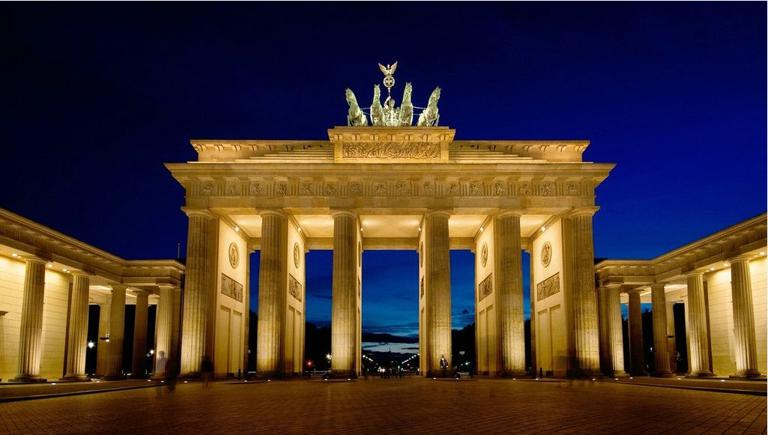

The Federal Republic of Germany, referred to as Germany, is a federal parliamentary republic country located in Central Europe, bordering Denmark in the north, Holland, Belgium, Luxemburg and France in the north, Switzerland and Austria in the south, and Czech Republic and Poland in the East, the country is composed of 16 federal states, the capital of which is Berlin, with a territory area of 357167 square kilometers and a population of about 81.1 million, it is the European Union The most populous country in the league is Germany.
The ancestors of the Germans were Germanic people who lived in Central Europe in ancient times. In the 10th century, the Germanic people established the Holy Roman Empire, and then split up. In 1871, the kingdom of Prussia unified the German states and established the German Empire, which provoked two world wars and were defeated. It was divided into two parts in 1945. On October 3, 1990, the German Democratic Republic officially joined the Federal Republic of Germany, realizing the reunification of the two Germany. At present, Germany is the largest economy in Europe, one of the founding member states of EU, and an important member of NATO, Schengen convention, group of eight, United Nations and other international organizations.
Germany is a highly developed capitalist country. As one of the four largest economies in Europe, its social security system is perfect and its citizens have a very high standard of living. Germany is very developed in basic science and applied research, scientific research institutions famous for science and engineering technology and developed vocational education support German science and technology and economic development. High end manufacturing represented by automobiles and precision machine tools is also an important symbol of Germany.
On February 12, 2017, Frank Walter Steinmeier was elected as the new German president, and was officially sworn in on March 22, 2017.
Germany is located in the cool westerly belt between the continental climate in the eastern Atlantic Ocean, and it is rare for the temperature to fluctuate greatly. Rainfall is distributed throughout the year. In summer, the average temperature in the lowlands of northern Germany is about 18 ℃, and that in the southern mountains is about 20 ℃; in winter, the average temperature in the lowlands of northern Germany is about 1.5 ℃, and that in the southern mountains is about -6 ℃. The exceptions are the warm Upper Rhine Valley, Upper Bavaria, which can often feel the dry and hot south wind from the Alps, and the Harz mountain area, which is characterized by sharp mountain wind, cool summer and snowy winter. Due to different geographical conditions, the highest temperature in Germany is between 20-30 ℃ and the lowest temperature is between 1.5 and-10 ℃. The northern part of Germany has a marine climate, which is warmer than the south.
